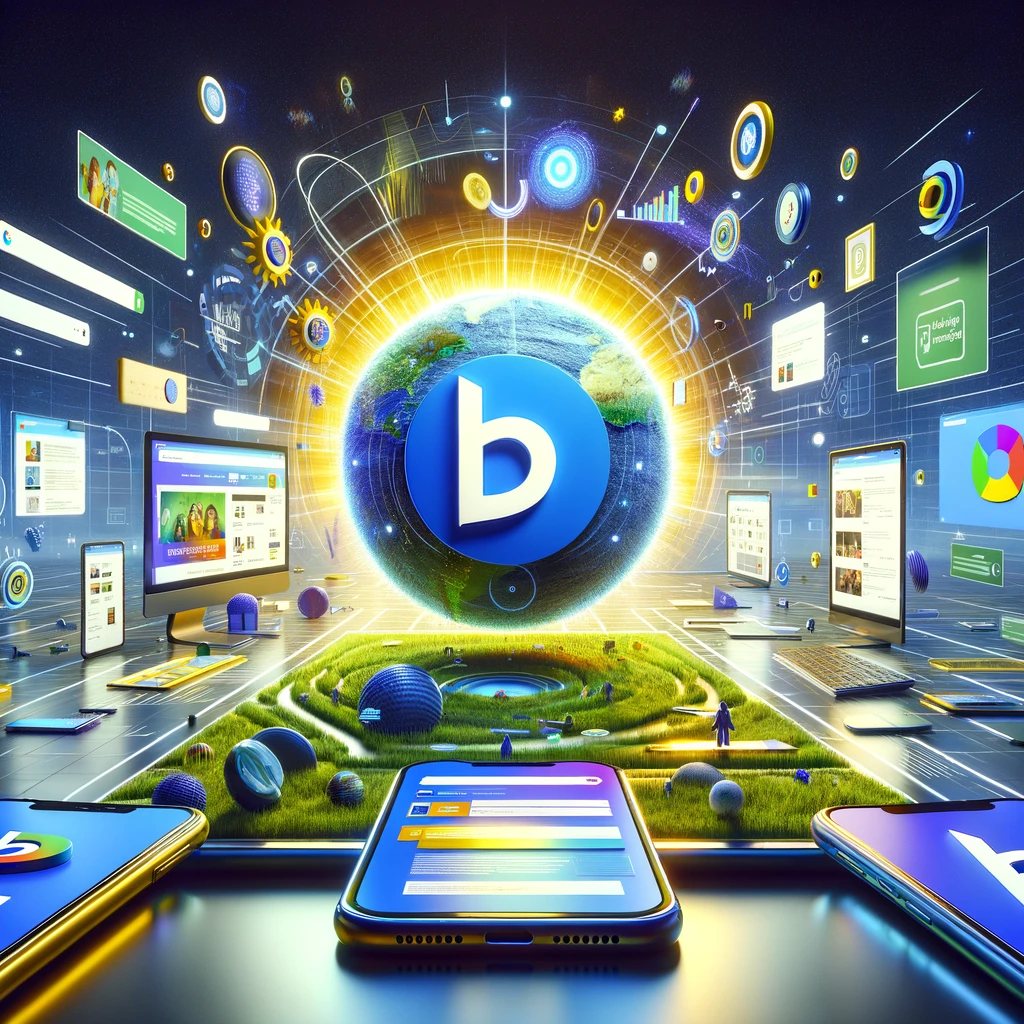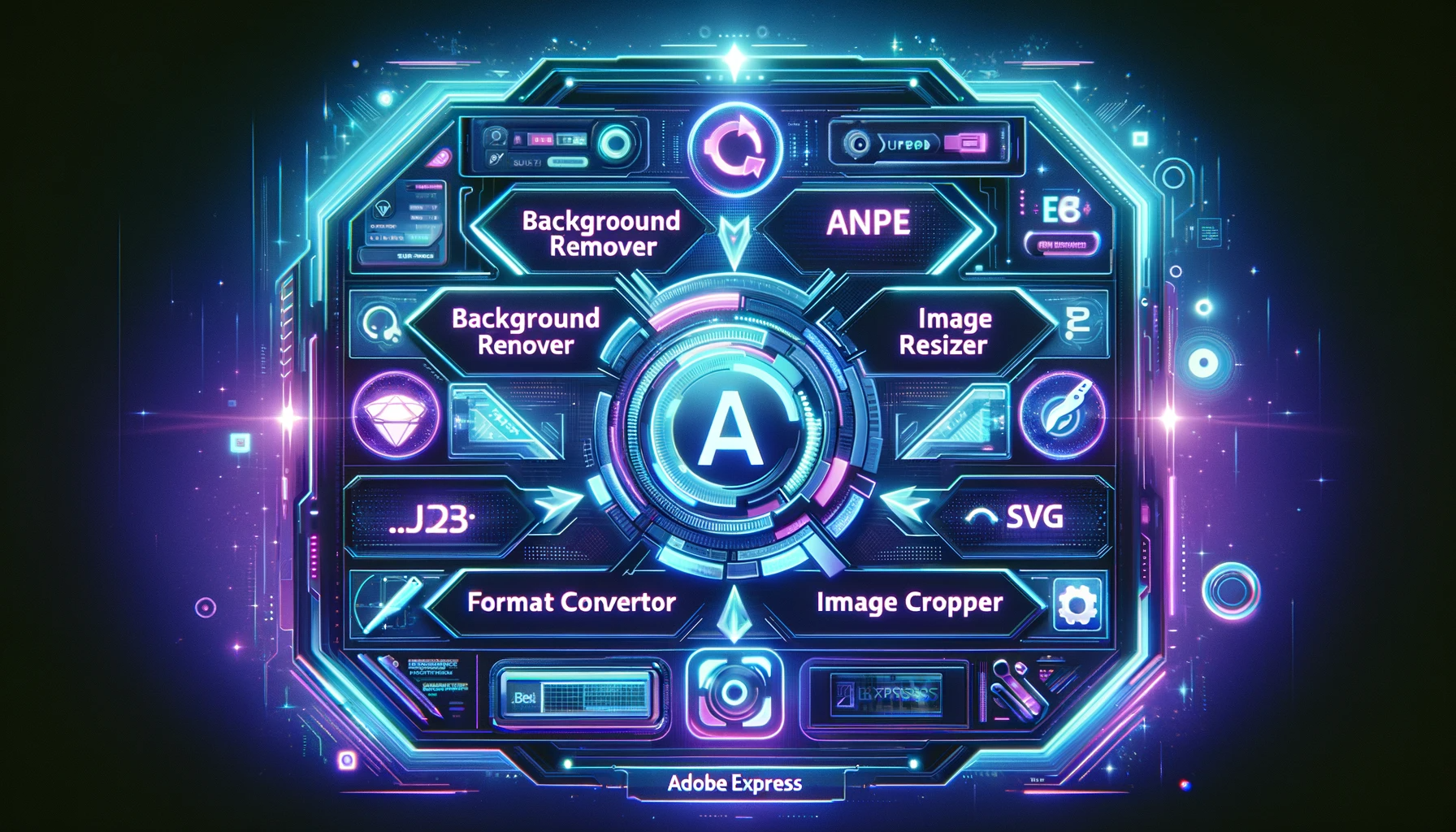Earlier this year, Google rolled out a way to embed 360-degree virtual reality (VR) media for headsets in search engine optimizable web pages which are accessible both on desktop and mobile devices. Immersive VR videos and images can now be optimized for search, accessed directly from Google and experienced across a number of different platforms.
This release comes through a dramatic rise in the public’s fascination with this new VR technology. Global search interests in VR have increased over the past three years and an increasing body research indicates 360 VR content increases engagement, interactions, views, shares, and empathy. Search engines can read signs and interpret the signals of quality content which is critical for rankings.
Quality content is the point of virtual reality. When done properly, VR video and images provide users with a sense of realism and presence. The idea of this presence is dear to Google. Rather than being its own product, VR view is an interdepartmental concept that every product manager is encouraged to explore and understand. Google employees working on StreetView, Search, YouTube, Geo, Maps, Android, and any of the other many enterprises are all working on VR related projects. Given the fleet of cars, trucks, trolleys, submarines, and GoPro adjacent technology used to capture 360 media, it is hard to think of any other company on earth that has that level of experience.
Being deeply invested in this emerging medium, producing high-quality 360 VR images and video has been expensive and difficult and incredibly tedious. Stitching together VR media is much easier now than it was a decade ago and nearly anyone can embed and promote VR media directly.
Google VR view starts with an iframe embedded magic window in a traditional web page. On desktop, VR view works like any standard 360 VR content, but on mobile, the image on the phone corresponds to the movement of the phone. With this mobile capability, the VR video in the magic window responds to move along with the phone.
Google VR View supports mono 360 panoramas as well as omnidirectional stereo panoramas. Both 360 stills and videos support mono or stereo. When it comes to file images, Google supports JPEG and PNG, but JPEG is the best option from a load time perspective.
Content 360 VR can be optimized to load quickly on mobile and even use advanced technologies which support immersive video viewing experiences. Dimensions are always divisible by 16 and can be a maximum of 4096 x 4096.
360 VR view has a wide range of uses from real estate sales to learning. The only limit to its use is the imagination of the user.
Curious to know how Virtual Reality can be incorporated into your business or content strategy? Contact us at iDzyns today to see how we can help!
Image By raneko [CC BY 2.0 (http://creativecommons.org/licenses/by/2.0)], via Wikimedia Commons








